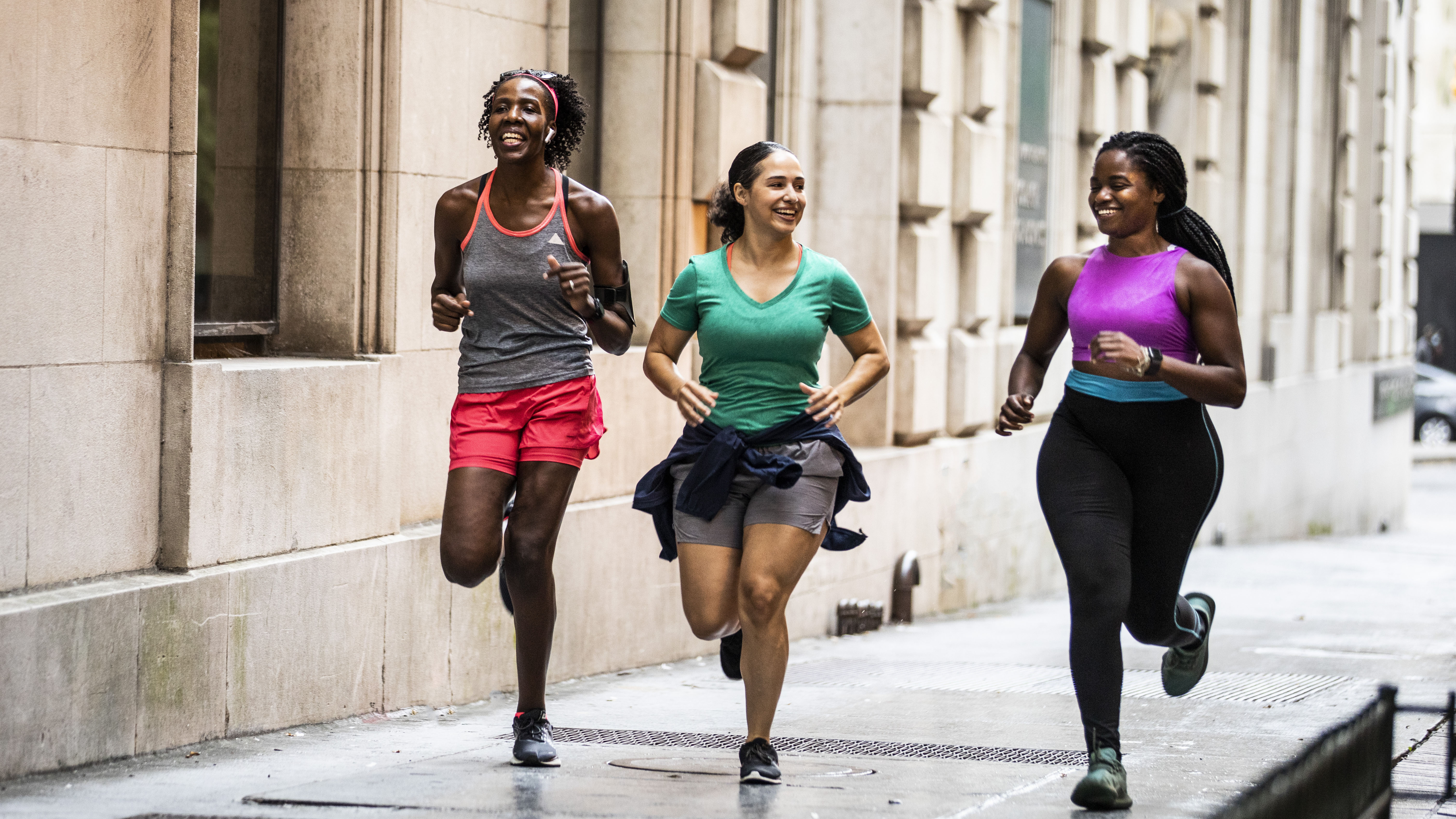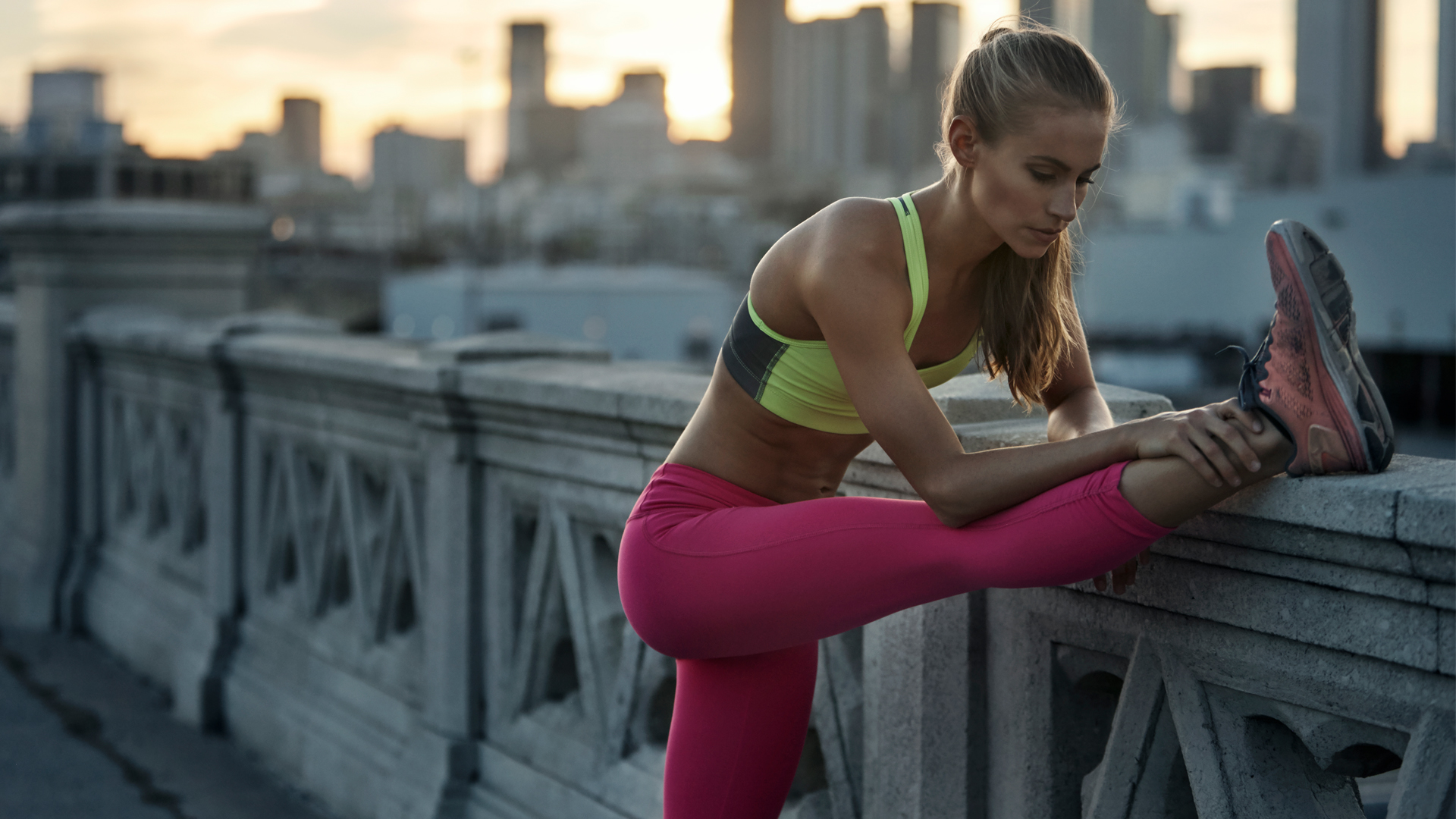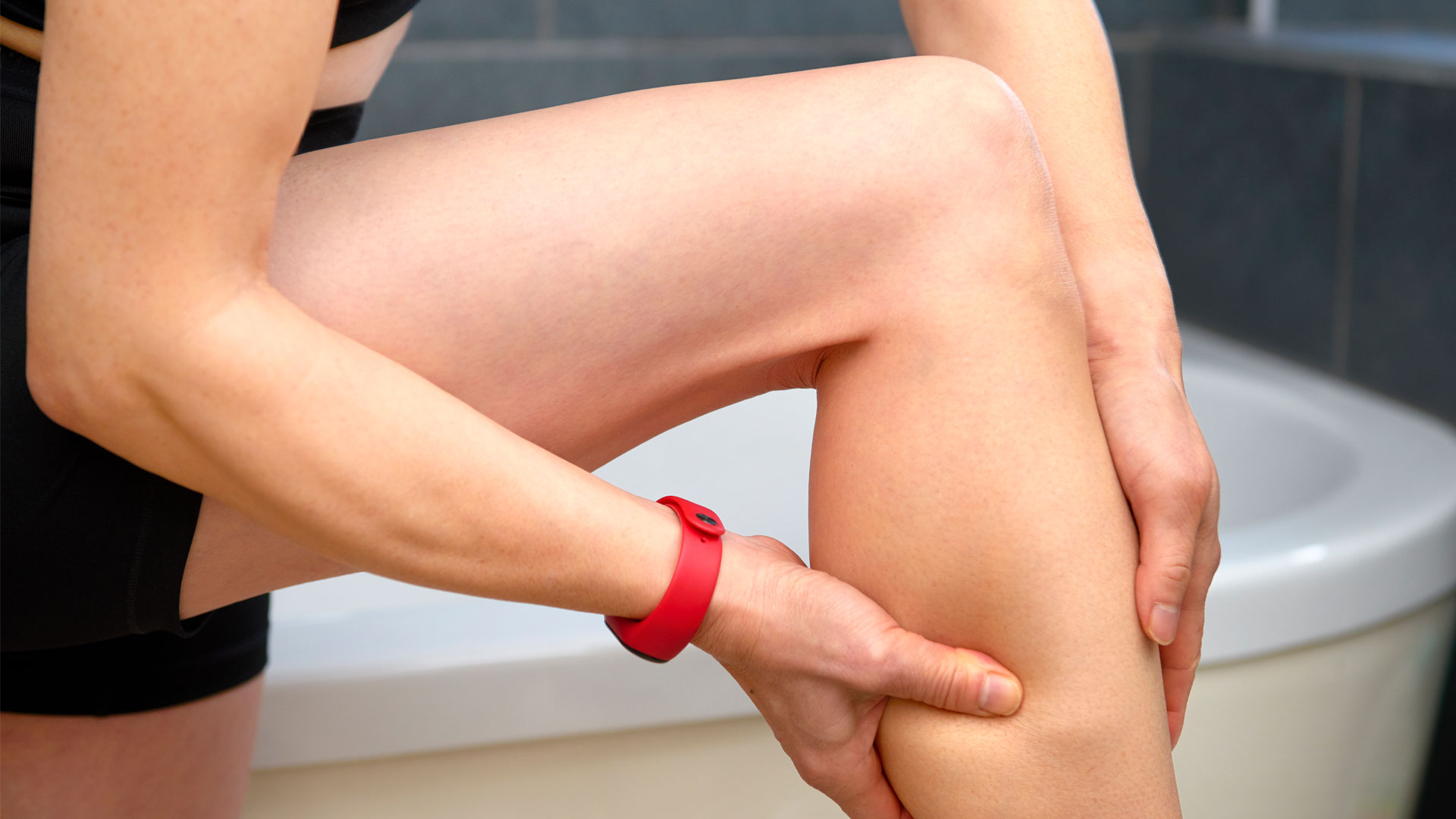What muscles are used for running?
We know it gets our legs pumping but what muscles are used for running?

Running can be a challenging cardio workout for the body but what muscles are used for running? The exercise is often referred to as a full-body workout, but certain muscles and muscle fiber types are relied on more than others. These muscles play a vital role in running by maintaining stability and correct posture and helping to prevent injury.
Whether you prefer running in nature or are in search of the best treadmill for an indoor jog, it’s good to know how these muscles work to help improve your technique and performance.
- Related: How to run properly
Core
Your core consists of muscles within the abdomen and back vital for maintaining balance and supporting your posture. While most people associate core workouts with targeted exercises like crunches and free weight movements with the likes of the best adjustable dumbbells, the Mayo Clinic states that, in fact, the vast majority physical activities rely on stable and strong core muscles. Manhattan-based RRCA-certified run coach and physical therapist Dr Victoria Sekely says this is true for running and that the main job of the muscles is to hold you upright and keep you stable as you run.
“When your core muscles are activating, you’re not allowing your body to rotate too much or lean to the side; you’re able to stabilize the trunk area [of your body], which enables you to run forward more efficiently,” says Sekely.
- Read more: How to get a stronger core

Upper leg
These muscles are the powerhouse, according to Sekely. As with the core, they provide stability and power that can be harnessed to run more effectively.
Hip flexors
The hip flexors are a group of muscles toward the front of the hip responsible for flexing the hip or bringing the leg upward towards your body. They help drive us forward, so runners need powerful ones to maintain speed.
If you're a keen runner, it’s important to do cross training movements that incorporate the hip flexors, glutes, and hamstrings, to maintain a balance of strength between these muscles.
Get the world’s most fascinating discoveries delivered straight to your inbox.
Glutes
The gluteal region, commonly referred to as the buttocks, consists of three muscles – gluteus maximus, gluteus medius, and gluteus minimus. They help stabilize and support mobility of your pelvis and hip. Sekely says: “Your gluteus medius (the muscle on the outer side of your hip) work together with your adductor (the muscle on the inside of your hip) and groin to provide this stability, so instead of leaning side to side or dropping our hips down, we’re able to power forward better.
“Because the glutes are hip extensors, they put power in your stride when you run,” she adds.
- Related: Best sports bra for running

Hamstrings
The hamstrings are a group of three muscles that run along the back of your leg from your hip to your knee. They enable you to extend your leg straight behind your body and bend your knee. Your hamstrings work with your glutes to provide power when you’re running.
Quads
A group of four muscles at the front of your thigh, the quadriceps, surprisingly, are particularly impacted when running downhill. Running downhill isn’t as easy as people think. It can be a relief from running uphill but running downhill requires more control of the musculature. “Your quads work hard to create a braking force, otherwise you would fall forward down the hill,” says Sekely. “They work eccentrically, which means they’re being lengthened through the motion.”
Sekely’s view is that it’s important that one muscle is not working harder than the others when running. “The quads, glutes, and hamstrings work together,” she says. As many people don’t necessarily train their musculature to work eccentrically, for Sekely this is the reason running downhill can feel more challenging to your quads.
Lower leg

Calves
Your calf comprises two muscles – the gastrocnemius and the soleus – at the back of your lower leg. It supports you when standing and enables you to move your lower leg and foot. Particularly important when running, it propels you forward and helps push you off the ground. This is thanks to the soleus, which, comparative to size, provides the most force compared with any other muscle in your body.
“Therefore, it’s important that [your calves] are strong and able to take you from one foot to the next,” says Sekely
Tibialis anterior
In the front part of your shin bone, running from just below your knee and attaching to the top of your foot, the tibialis anterior assists in flexing your foot upwards.
For Sekely, it is particularly crucial during the landing phase of running. “The tibialis works hard to control your foot from hitting the ground too hard,” she says. Shin splints (shin pain) can develop if you don’t have sufficient control when your foot lands.
Posterior tibialis
Among more than 20 muscles in the foot, the posterior tibialis is a key one that runs from the leg into the foot and supports the arch of the foot. Sekely explains that it helps control the amount of pronation: a natural movement during running where the arch of the foot collapses inwards when your feet hit the ground.
According to Sekely, posterior tibial tendonitis (a common injury in runners that can cause pain on the inner foot and ankle) can result in overpronation – when your arch flattens out excessively during running and you can’t effectively push back off. This is a sign that the posterior tibialis is not effectively supporting the arch of the foot.
Gemma Harris is a UK-based freelance journalist and health writer who blogs at thegutchoice.com. She produces content for multimedia health and lifestyle platforms, including calmmoment.com, StomaTips, Planet Mindful and metro.co.uk because she has a passion for health and wellness. When not writing, she can be found walking or running in nature, at a yoga or spin class, swimming or having cocktails with friends.



